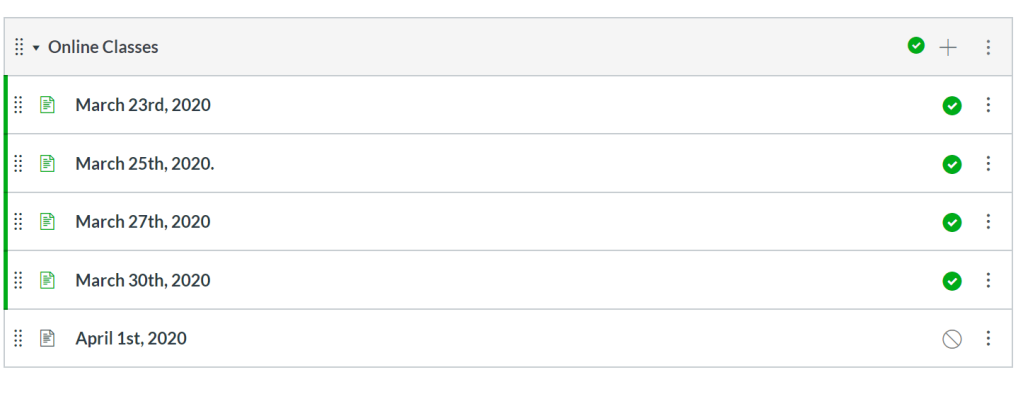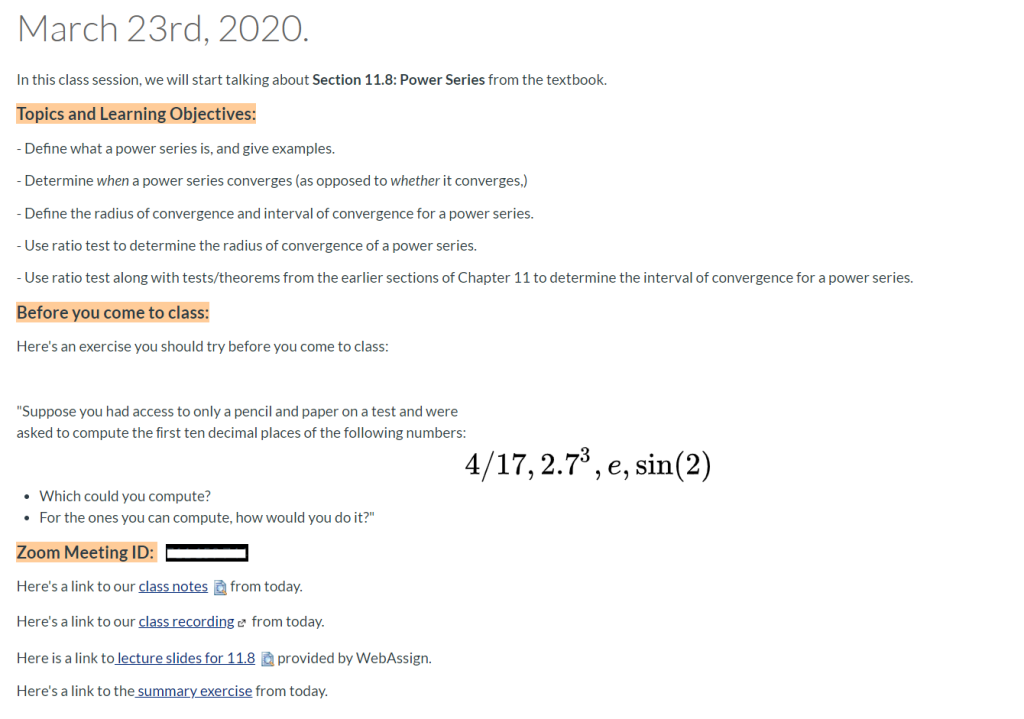…but I still don’t think they are entirely useless.
P.S. Am I doing this clickbait headline thing correctly yet?
P.P.S. the last time I posted, I promised weekly updates from my online teaching fellowship experience. Well, that didn’t happen. *laughs in retrospect.* It’s Monday, though, and I started this thing one time where I post a mini-tip on Mondays, so I’m going to just hop back on that train and ignore my recent pandemic-induced writer’s block.
So, what are summary exercises, and why do students hate them?
I stole this idea from someone on the internet. This was a long time ago, though, and I don’t remember who I should credit for this (sorry!). The original blog post writer I stole this idea from had the following basic recipe: Every day before class, she assigned her students a section of the book to read and write a summary. Then, they covered that section in class. Students submitted these summaries at the beginning of class, and I don’t remember if they were graded. I think even if they were, they constituted a small part of their overall grade.
From what I remember of the original post, her students really hated these at the beginning of the semester. It was so much extra work, and the type of work they don’t come into a math class expecting to do. However, by the end of the semester, they realized that writing these summaries helped them understand the lectures better, and the notes they made were invaluable when exams came around. Happy ending!
In Spring 2020, I wanted to implement something similar, but instead of having students read and write a summary before class, I wanted them to write one after. I worry about the flipped classroom approach in an intro-math class. Learning to read math is a skill, and we shouldn’t just assume that students have that skill down when they first enter a calculus 1 or 2 class. I am more open to the flipped classroom idea if you ask them to watch a video explaining math before class. Still, even in this version, you have to find a way to make sure they are actually following instructions. Anyway, thoughts on the flipped classroom should maybe go in a different blog post.
The way I implemented Summary Exercises was via Canvas. I set up assignments due at 11:59 PM on the day of class, after every class session. Students could enter summaries in a text box, or upload files (PDFs, scans, word docs, etc.). Almost none of the students went for the non-text box option, which surprised me. These assignments were graded for completion, but I encouraged them multiple times in the first few weeks to make them as detailed as possible. The more effort they put in at the beginning, the more it would help when midterms rolled around.
After the first midterm, I gave students their midterm evaluations, and a couple of students commented that they found the exercises “useless.” At this point, I had also gotten tired of them. At the start of the semester, students were just doing them to check a box, so they weren’t that good qualitatively. After I spent some time encouraging them to add more details (and gave them examples of what a good summary looks like — in retrospect, I should have done this at the start of the semester), the quality seemed to improve a lot for the next couple of weeks.
By the middle of the term, however, students had realized that there wasn’t enough incentive to put effort into them (remember they were only being graded for completion) and so they had gone back to writing a sentence or two with not that much content. After the midterm evaluations, I seriously thought about getting rid of them altogether…
And then the pandemic hit.
We had to move our instruction to a remote learning model with almost no time to plan. I taught the rest of the semester as live synchronous sessions via Zoom that I recorded and posted online. This gave me an idea: maybe the summary exercises could actually be useful in such a setting. If nothing else, they’d help me track whether students watched the recorded lectures and whether they were getting anything out of them.
I changed the format of summary exercises to graded discussions on Canvas. After every class session, they still had an assignment to do (now at the start of the next class session instead of 11:59 PM), but instead of submitting their summary just to me, they were posting it in a Canvas discussion board. The discussion board was set up so that you had to post a response before you could see others’ replies. I figured that the prospect of other people reading your answers might motivate students to put more effort into them. I also made them graded for content, which just meant that I won’t give you a 100% if what you’d written was completely irrelevant or devoid of substance.
Well, if my final term evaluations are anything to go by, students hated this new arrangement. Here are some quotes directly pulled from the evaluations.
• Strengths: Quizzes and in class activites were extremely helpful in learning the course material Weaknesses: Summary exercises.
• Remove summary exercises. They do not fulfil the role they are set out to fill and cause unnecessary stress
• …feel that summary excercises were pointless and I never looked back at them
• Strengths: Explained all course material at a very reasonable pace. Did not rush anything. Answered all questions both in person and through emails. Very easily accessible to meet in her office if required Weaknesses: Summary exercises
I almost want to laugh at the intensity of this hatred, but I won’t. Also, I promise that this was NOT the case in my mid-term evaluations, otherwise I would have gotten rid of them altogether. Midterm evaluations were lukewarm, and had a “eh, I don’t hate them but don’t think they are useful” vibe (and that too only from 2 students!)
(Also full disclosure, most students didn’t comment on Summary Exercises at all. One student even said “Summary exercises and index card problems allowed me to go back and learn the broad topic of each class before a quiz or test,” in the end of term evaluation. So it wasn’t all terrible.)
The point is, students didn’t like them, but I thought they were useful for me in the strange times of pandemic teaching, because they helped me keep track of who was watching (and actually learning from) my recorded videos.
I wouldn’t trash the idea completely based on my Spring 2020 experience, but I am definitely looking for a different way to implement them in a future semester. If you’ve read this entire (not that mini-) post and have ideas and suggestions for me, please post them in the comments because I’m all ears!
Be safe, and I’ll see you with another mini-tip Monday on some future Monday. Or Sunday night. (Who knows, it’s 2020, could be Thursday. #Whatistime.)

